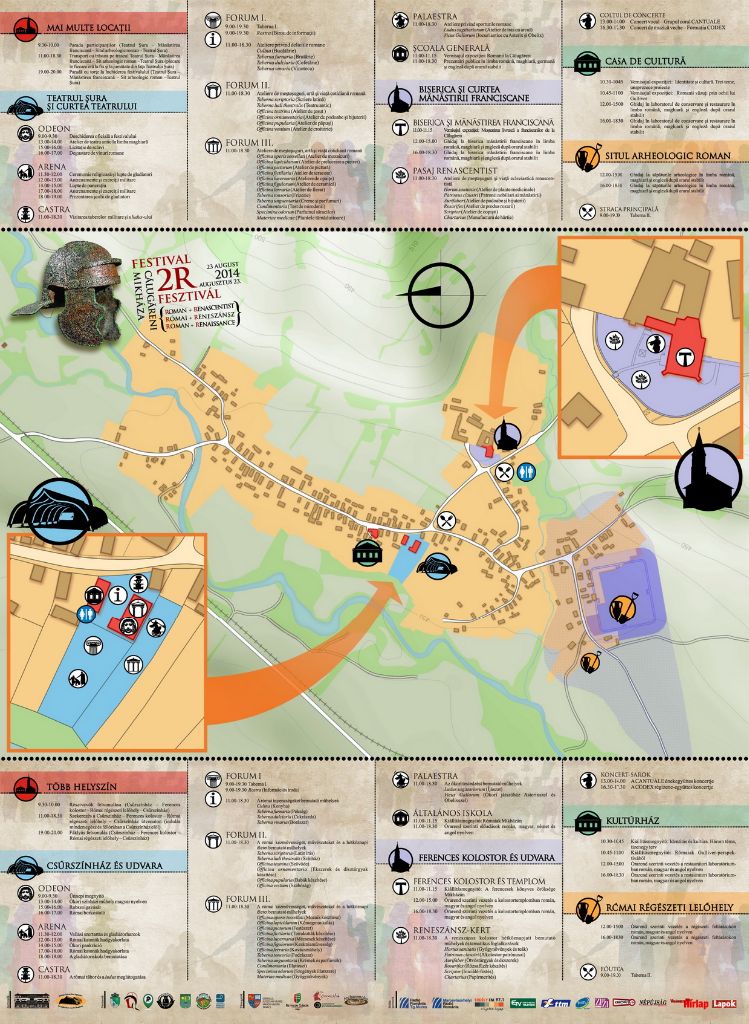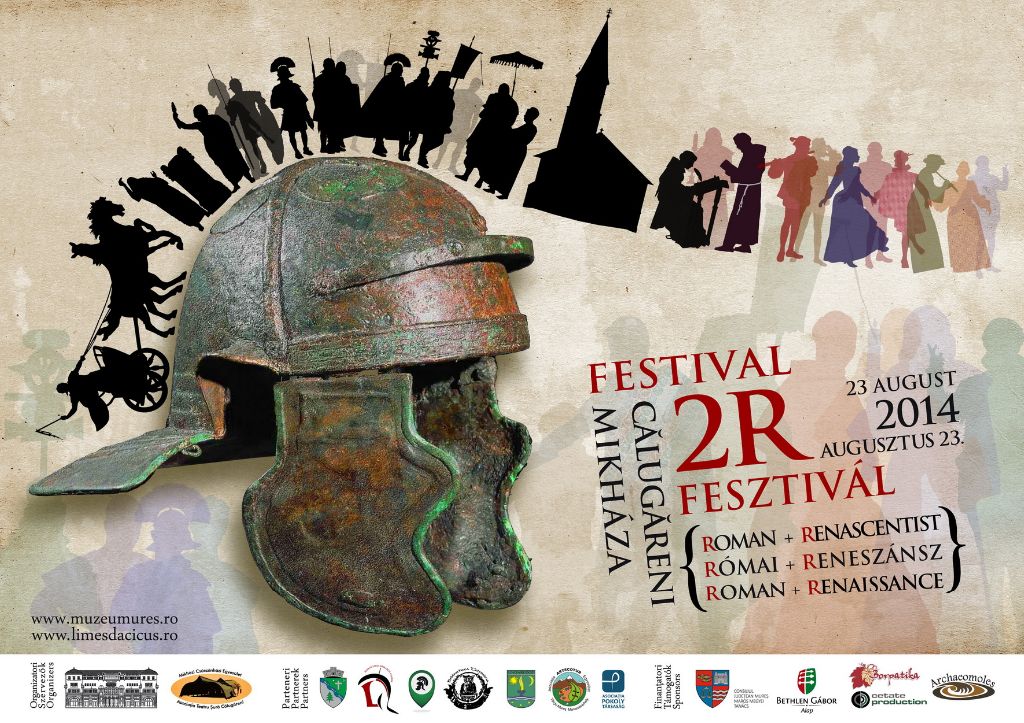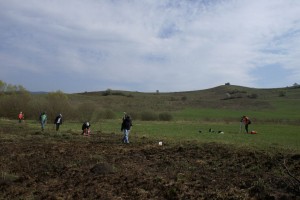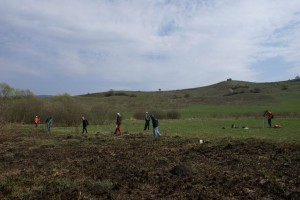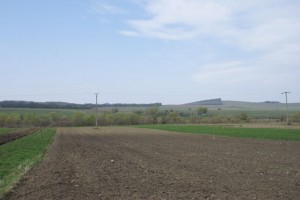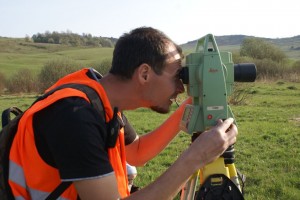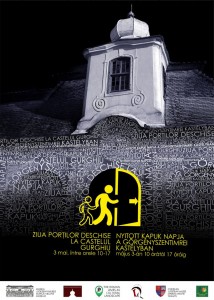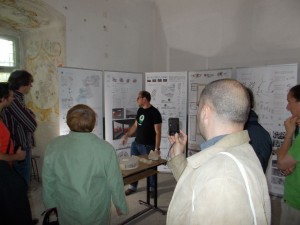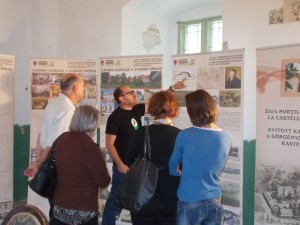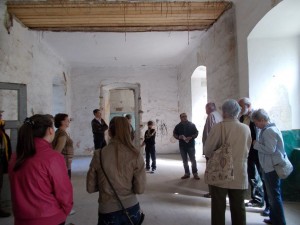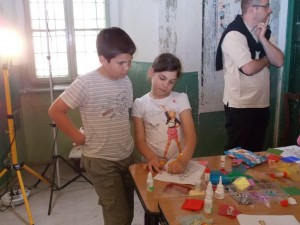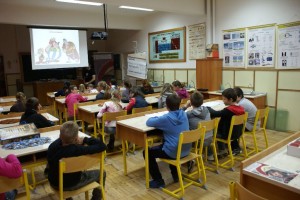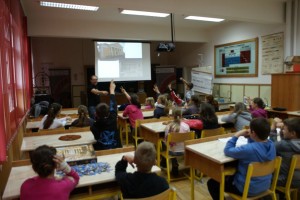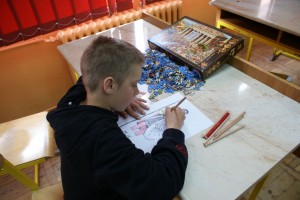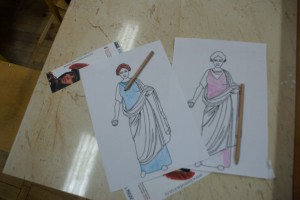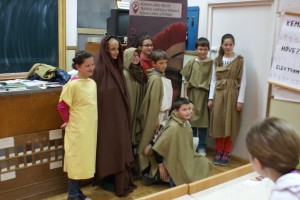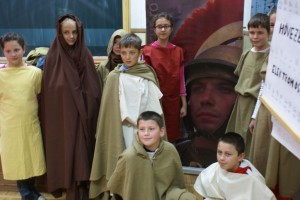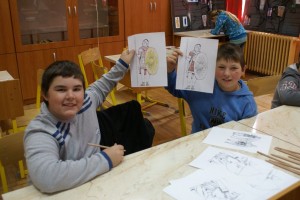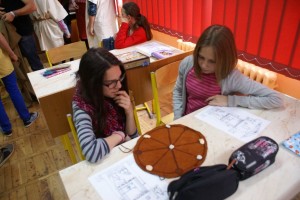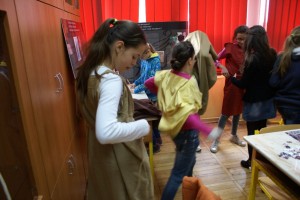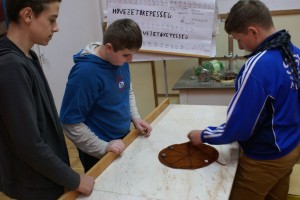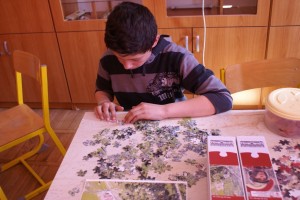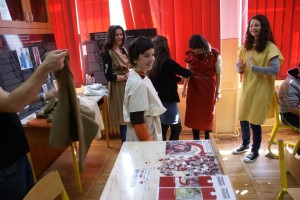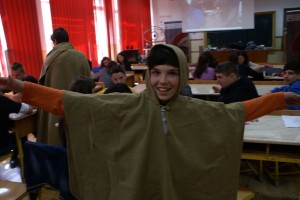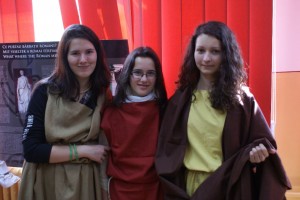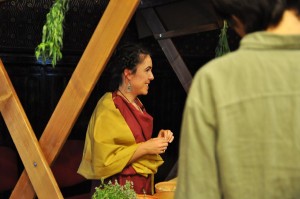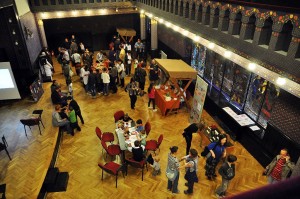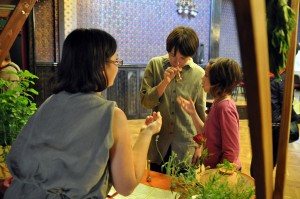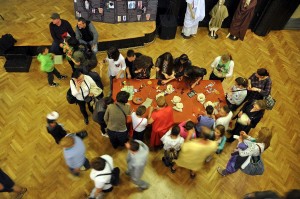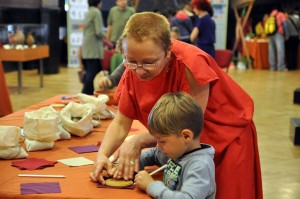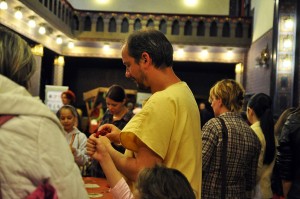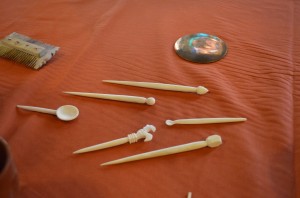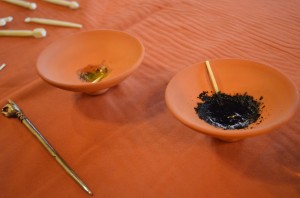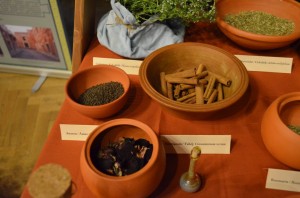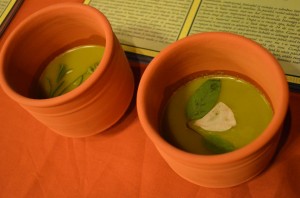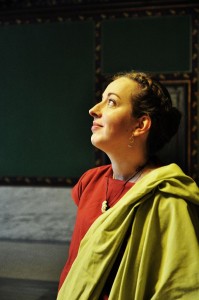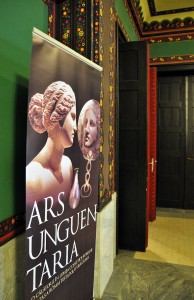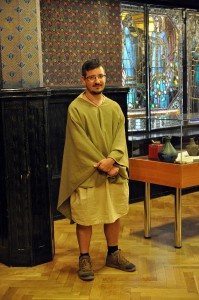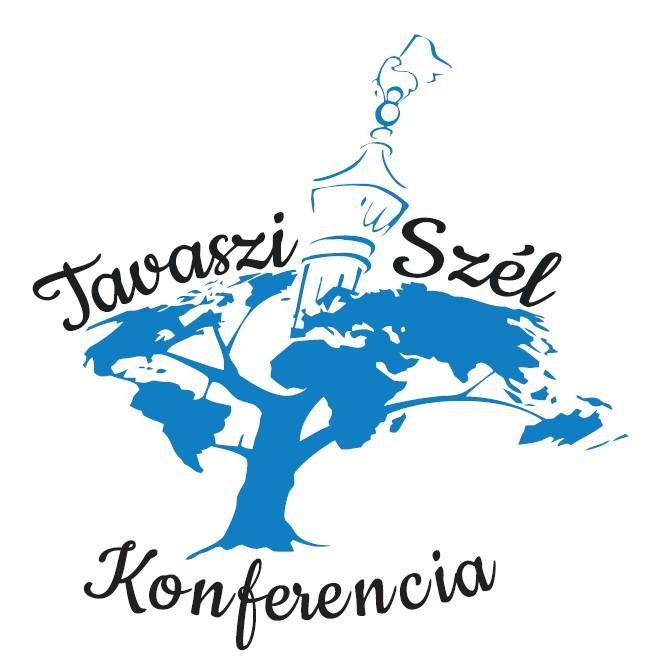2R Festival
The Mureș County Museum in collaboration with the Barn Theatre Association will organize the 2R FESTIVAL in the village of Călugăreni, parish of Eremitu, Mureș County on the 23rd of August 2014.
The cultural event offers an invitation for a time travel, in the Roman and Renaissance age, marked in the local landscape by important regional and national heritage values. The Roman defensive system as well as the auxiliary fort and settlement from Călugăreni have the potential to be nominated in the UNESCO World Heritage list, and also in the international site of the „The Frontiers of the Roman Empire”. The Franciscan monastery is one of the most important monuments of the late Renaissance period of Transylvania, a prestigious spiritual centre of the region until the 20th century.
The 2R FESTIVAL – ROMAN AND RENAISSANCE – FROM CĂLUGĂRENI will present and promote during the whole day the components of the provincial Roman culture and civilization, specific to the Roman Dacia, as well as the particular features of the Transylvanian Renaissance, through a series of events and activities with cultural-educational character with considerable impact on a large audience.
In the court of the Barn Theatre from Călugăreni military demonstrations and gladiator fights will be organized with the participation of associations specialized in historical re-enactments, and workshops inspired from the Roman everyday life will be also functioning. The spirit of the Renaissance and the monastic life will be evoked in the court of the Franciscan church.
The archaeologists from the Mureș County Museum together with partners from Germany, Hungary and Romania, which are carrying out archaeological investigations in the military fort and settlement from Călugăreni this time, will provide guided tours to the archaeological excavations and will show the visitors the recently found and restored archaeological artefacts. An exhibition, entitled „Romans in Călugăreni” will also be opened. This presents the discoveries from the Roman fort and settlement situated in the territory of the village, recovered during archaeological researches from 2004, and 2011-2013. The exhibition entitled „Identity and Culture. Three Topics, Eleven Projects” present the work of the students from the Department of Industrial and Agricultural Building Design of the University of Technology and Economics from Budapest about the possibilities of promoting the Roman limes. The Roman military life will be shown through the displayed mock-ups of the exhibition entitled „The Romans through Gulliver’s Eye”. There will be held presentations focusing on the Roman culture and civilization in general, and especially on the impact of the Roman culture and civilization on Roman Dacia. In the Franciscan church and monastery will also take place thematic guided tours. An exhibition („The book collection of the Franciscan from Călugăreni”) presenting the history of the monastery’s library will be opened. The activities will be ended by a torched parade to the Roman site with the participation of all visitors. During the whole day there will be organized workshops and activities illustrating the life and occupations of the Romans from the Empire’s provinces: making mosaics, pottery, stone-working, Latin writing, theatre, hairdressing, tailoring, social games, Roman cuisine, wine tasting, slave market, sweet-shop etc. The activities and workshops related to the Renaissance monastic milieu will be the followings: the art of writing, paper manufacture, rosary making, blacksmithing etc.
In order to ensure the successful course of this project, the organizers collaborate with the Mayor’s Office of Eremitu, Teleki Library, Roman Limes Research Centre, Artecotur Association, Unitarcoop, Pokoly Association and the project „Roman Limes as European Cultural Landscape”. The main financial support is provided by the Mureș County Council.
Sponsors: Bethlen Gábor Fund, Borpatika, Archaeomoles, Borpatika, Cetate Production.
The event’s main purpose is to promote the archaeological and historical investigations and to offer the chance for the visitors to re-live the past for a day.
How to get to Călugăreni?
Public transportation with minibuses on the following route: Târgu Mureş (Voiajor bus station) – Călugăreni – Câmpu Cetăţii/Sovata and Sovata/Câmpu Cetăţii – Călugăreni – Târgu Mureş.
By car on the following route: Târgu Mureș –Ernei –Călugăreni.
By bicycles on the following routs: Târgu Mureș – Livezeni – Miercurea Nirajului – Vărgata – Călugăreni, or Târgu Mureș – Sângeorgiu de Mureș – Ernei – Căluşeri – Isla – Călugăreni.
